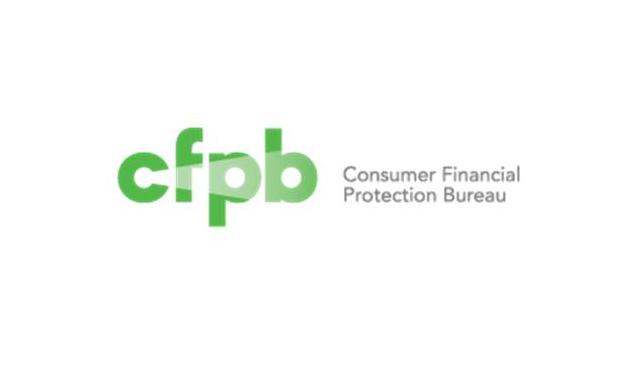Supervisory Highlights Mortgage Servicing Special Edition
Introduction
Mortgage servicers play a central role in homeowners’ lives by managing their mortgage loans. Servicers collect and apply payments, work out modifications to loan terms, and handle the difficult process of foreclosure. As the financial crisis made clear, weak customer support, lost paperwork, and mishandled accounts can lead to many wrongful foreclosures and other serious harm. Since consumers do not choose their mortgage servicers they cannot take their business elsewhere.
To improve practices in the servicing market, the Dodd-Frank Act Wall Street Reform and Consumer Protection Act (Dodd-Frank Act) imposed new requirements on servicers and gave the Consumer Financial Protection Bureau (CFPB) the authority to implement those new requirements and adopt additional rules to protect consumers. The CFPB released rules, effective January 10, 2014, to improve the information consumers receive from their servicers, to enhance the protections available to consumers to address servicer errors, and to establish baseline servicing requirements that provide additional protections for consumers who have fallen behind on their mortgage payments. Supervisory examinations of mortgage servicers now generally focus on reviewing for compliance with these servicing rules and for unfair, deceptive, and abusive acts or practices.
To assist industry in its efforts to comply Federal consumer financial law, this Special Edition of Supervisory Highlights discusses recent supervisory examination observations in mortgage servicing. To provide additional context for readers, we integrate these recent observations with observations from previous editions of Supervisory Highlights by subject matter.
The magnitude and persistence of compliance challenges since 2014, particularly in the areas of loss mitigation and servicing transfers, show that while the servicing market has made investments in compliance, those investments have not been sufficient across the marketplace.
Outdated and deficient servicing technology continues to pose considerable risk to consumers in the wider servicing market. These shortcomings are compounded by lack of proper training, testing, and auditing of technology-driven processes, particularly to handle more individualized situations related to delinquencies and loss mitigation processes. None of these problems is insurmountable, however, with the proper focus on making necessary improvements, especially in the information technology systems necessary for effective implementation. Supervisory examinations do show that some servicers have significantly improved their compliance positions, and this edition concludes by sharing how these servicers have strengthened their compliance.
Conclusion
While Supervision continues to be concerned about the range of legal violations identified at various mortgage servicers, it also recognizes efforts made by certain servicers to properly staff effective compliance management programs. Some servicers have made significant improvements in the last several years, in part by enhancing and monitoring their servicing platforms, staff training, coding accuracy, auditing, and allowing for greater flexibility in operations. More generally, Supervision found compliance audits that thoroughly assessed the business unit’s internal control environment, clearly identified issues with compliance, detailed management’s response, set a target date for resolving the identified issues, and completed the necessary adjustments promptly. At one or more servicers, these audits included reviews of service providers and were part of a wider and appropriately resourced compliance framework.
One or more servicers also conducted formal reviews of information technology structures that identified the root causes of earlier compliance weaknesses, including platform outages. These reviews led the servicer(s) to replace outdated technology, such as document management systems.
Supervision also observed that servicers are actively reviewing complaints for allegations of law violations. One or more servicers used analytic tools to search, review, and track complaint records with content indicating regulatory violations. One or more servicers also created a complaint governance committee to oversee all customer complaints to ensure they receive appropriate engagement, including remediation as appropriate. One or more servicers also designated management level employees as primary contacts for Federal and State regulators and other government bodies for discussing complaints and inquiries from borrowers who are in default or have applied for loan modifications.
As the above observations show, improvements and investments in servicing technology, staff training, and monitoring can be essential to achieving an adequate compliance position.
However, such improvements have not been uniform across market participants and Supervision continues to observe compliance risks, particularly in the areas of loss mitigation and servicing transfers. A growing point of emphasis for Supervision in achieving needed improvements in servicer compliance will be to require servicers to submit specific and credible plans describing how changes in their information technology systems will offer assurance that they can systematically and effectively implement the changes made to resolve the issues identified by Supervision.
Full report below…
~
4closureFraud.org
~
Supervisory Highlights Mortgage Servicing Special Edition


No Comment